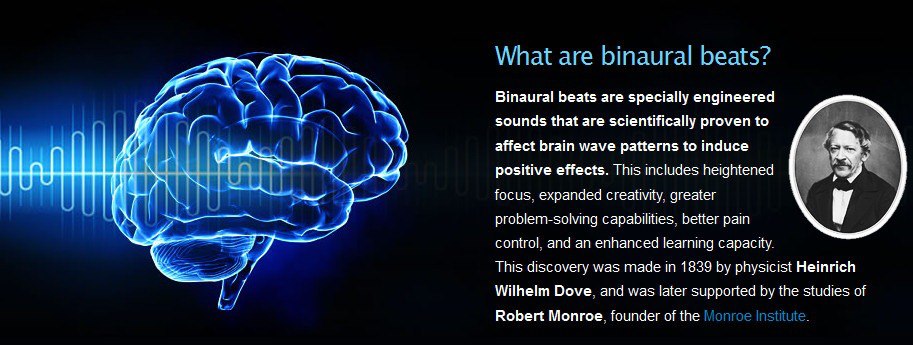
http://www.social-consciousness.com/2011/10/spirit-science-meditation.html
Healing with Music
Alternative Medicine
Spiritual
Sound
Tomatis Method
Tom Kenyon
Sharry Edwards
[2015 March] 6 Ways Drumming Heals Body, Mind and Soul
Solfeggio Tones: Sound Healing and Frequency Freedom
[2000] Decloaking Pathogens With Low-Frequency Sound by Sharry Edwards, MEd
[Video] How to make music sound like Heaven!!! and a very inconvenient truth revealed !!!
music notes to chakras and the colors related
http://www.globalsoundhealing.net/
Darren Austin Hall is an amazing sound healer. Pleasure your senses... http://www.youtube.com/watch?v=tL5keipA2mc
See: Music Mafia
Go here to look at the sacred circle of sound as it gives a different
perspective on this...
http://web.archive.org/web/200708232.../freewaves.htm
http://web.archive.org/web/*/http://.../freewaves.htm
UPDATE 11-14-6:419 Hertz ("standard 420 hertz").
In my research on this project I am finding interesting things about each one of
my frequencies. In this update I wish to share some thought on 419. Here are
some thoughts form the perspective of a person that plays violin for now, and I
will post more later on this wave here on this uupdate.
What people are doing is tuning old violins to new musical fashion. A more
passionate view might be that musical treasures are being dangerously souped up
to keep pace with unreasonable demands [for a stronger, more brilliant
orchestral sound].
The problem begins at A. In fact, that's pretty much the whole problem. When the
first Cremonese masters were making their violins, violas and cellos, everybody
agreed that the pitch of A above middle C was around 420 cycles per second, or
420 hertz. Since A is the tuning note on which other notes--up and down-- are
based, first A is tuned in, then all strings are tightened accordingly. With A
at 420 hertz, these instruments, which many say are unequaled for their tone
quality, sounded warm and rich among the few other strings in a small chamber
orchestra.
But as orchestras and concert halls got bigger, musicians started to tune their
instruments sharper, raising the pitch of A and thus all the other notes. The
more brilliant, more piercing sound could be heard above other players and
delight listeners even at the top of the third balcony.
The more that violinists tightened their strings, the more pressure they put on
their violin bodies. Singers had to reach for higher notes, putting more
pressure on their bodies, too. By the time Giuseppe Verdi was writing his operas
in the mid-19th century, A had sharpened to 435 hertz. That, Verdi thought, was
enough for both man and machine. He got an international meeting in Vienna in
1885 to fix A at that level.
It didn't last. In 1939 another international meeting set A at 440 hertz....Many
orchestras tune today to 443, 445, or even 450 heretz, stretching strings ever
tighter.
Sound and music consist of vibrations, the more vibrations per second, the
higher the pitch. The unit for this is the Hertz, abbreviated Hz.
432 Hz is the natural "keynote" in the universe, as opposed to 440 Hz, which is
the standard in the music nowadays.
In 1939, they say, the Nazis determined 440 Hz as the keynote in the music,
until then 432 Hz was the standard often worldwide. Many protests of prominent
musicians didn't help unfortunately. This theory is rather controversial.
According to other sources, in 1885 already has been decided that 440 Hz had to
be the standard, and around 1940 the United States then introduced 440 Hz
worldwide, and finally in 1955 became the ISO 16-standard.
Most musical instruments are also adjusted at 440 Hz nowadays, that wasn't
earlier always the fact. If you find musical instruments from much earlier
times, and nowadays in still distant areas on Earth, these instruments are
adjusted at 432 Hz.
What are the advantages of 432 Hz above 440 Hz? 432 Hz is, in according to many
music lovers, nicer for hearing, is softer, brighter and more beautiful than 440
Hz.
At 432 Hz there's just hearing damage at a much louder volume than at 440 Hz,
there are indications for this. That should be scientifically investigated
further.
432 Hz is likely more favourable for the chakras too. 440 Hz seems to work at
the third eye chakra, "the thinking", while 432 Hz seems to work at the heart
chakra, "the feeling". Listening to music in 432 Hz therefore could have a good
influence at the spiritual development of the music lover.
The committee 'Back to 432 Hz' wants, because of these reasons, a worldwide
reintroduction of 432 Hz as the keynote in the music, like it seems most in days
gone by too.
The committee thinks it's important that at first so many people as possible get
acquainted with the difference of 8 Hz. If many people know this and also
believe the qualities of 432 Hz, it's to be hoped that the music-industry
changes the standard finally.
All musical instruments can be adjusted at 432 Hz too, although it's not so easy
for every instrument.
The Dutch journalist and music lover Richard Huisken is the initiator of this
committee.
You are hearing now the song "Aan De Kust" of the Dutch band Bløf, of course in
432 Hz.
source:
http://terugnaar432hz.org/
(scroll down for the english version)
http://forum.davidicke.com/showthread.php?t=26839

http://www.social-consciousness.com/2011/10/spirit-science-meditation.html